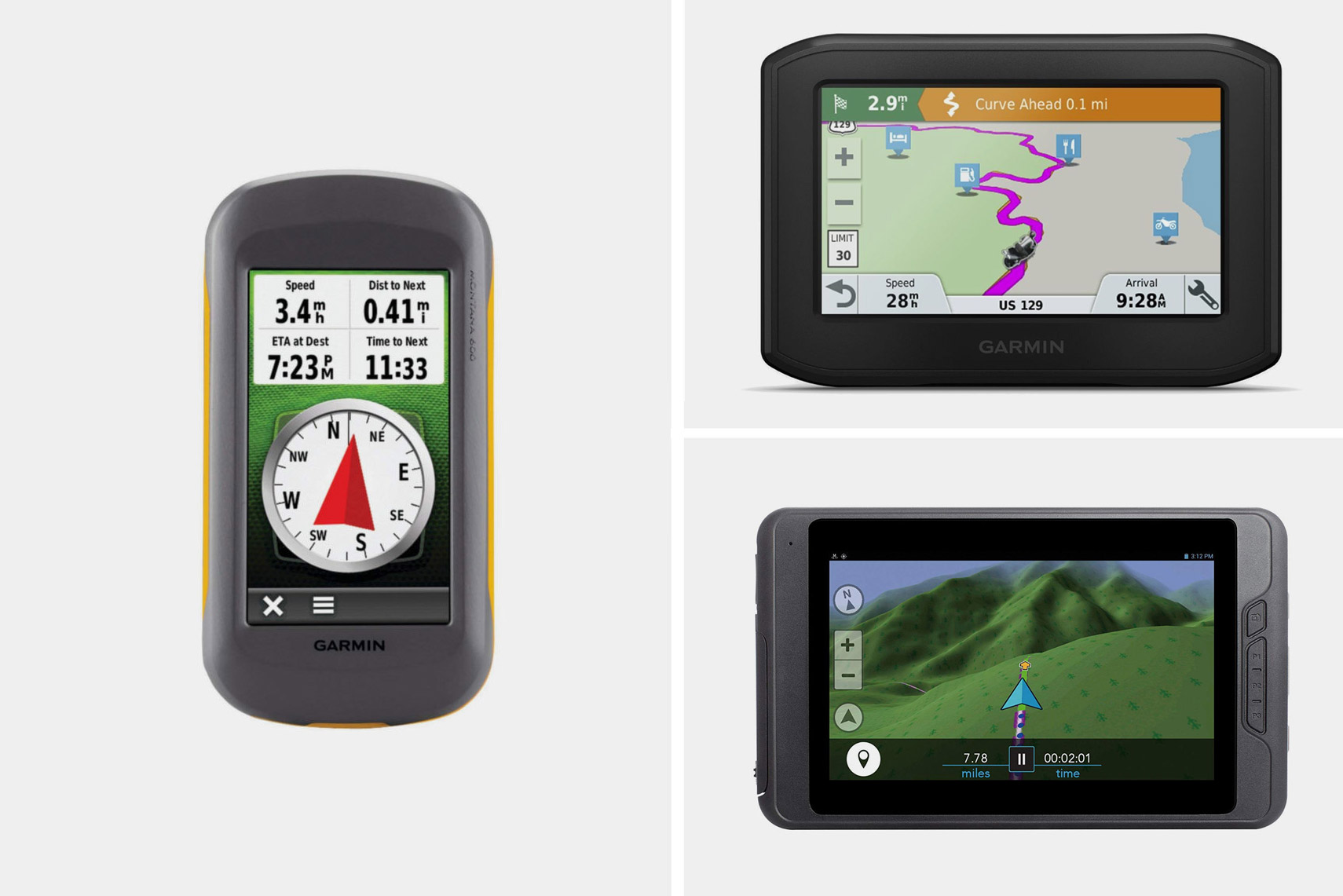It took less than ten years for GPS navigation to transform from a highly-specialized, futuristic feature into something we all carry as a smartphone app. However, for those of us who still prefer our engines to ride rough on two wheels, they simply don’t cut it. Checking your phone while riding a motorcycle is never an option unless you are willing to stop completely and get off of the road every time – in which case it becomes an uncomfortable drag.
This is probably why most GPS navigators devote their highest tech and sturdier finishes to their motorbike-friendly lines. After all, motorcycle GPS navigators are not the only branch of the market that is still expanding, but it is the one where quality and durability are the most important.
Whether you want to squeeze between stop-and-go traffic or are about to embark on a cross-country trip on the back roads, you will need a weatherproof and rainproof navigator that will resist the rigors of outdoor travel. A good motorcycle GPS system also needs a good protective case – you don’t need a smooth and shiny piece of equipment that will break on the first speed bump – and a resilient and bright screen, ideally with an anti-glare coating that remains legible under bright sunshine.
These, of course, are just the basics of what we have looked for. This list contains the best motorcycle GPS systems out there, so expect to find cool functionality, high responsiveness, and superb reliability as well.
 BMW Motorrad Navigator V
BMW Motorrad Navigator V
While the Motorrad Navigator 5 can be adapted and mounted on any motorcycle handle, it is on a BMW bike where it truly gets a chance to shine. Any model from 2013 or beyond will be fully compatible with the multi-controller stick, which will let you operate the Motorrad as quickly as changing gears.
If your motorbike is not so flashy, however, the custom four-button mount will still provide bright and conveniently-placed buttons that will let you operate it even without taking your gloves off.
The BMW Navigator V uses Garmin Maps software and comes with a 64 GB micro SD slot – enough for you to download all of North America or most of Europe.
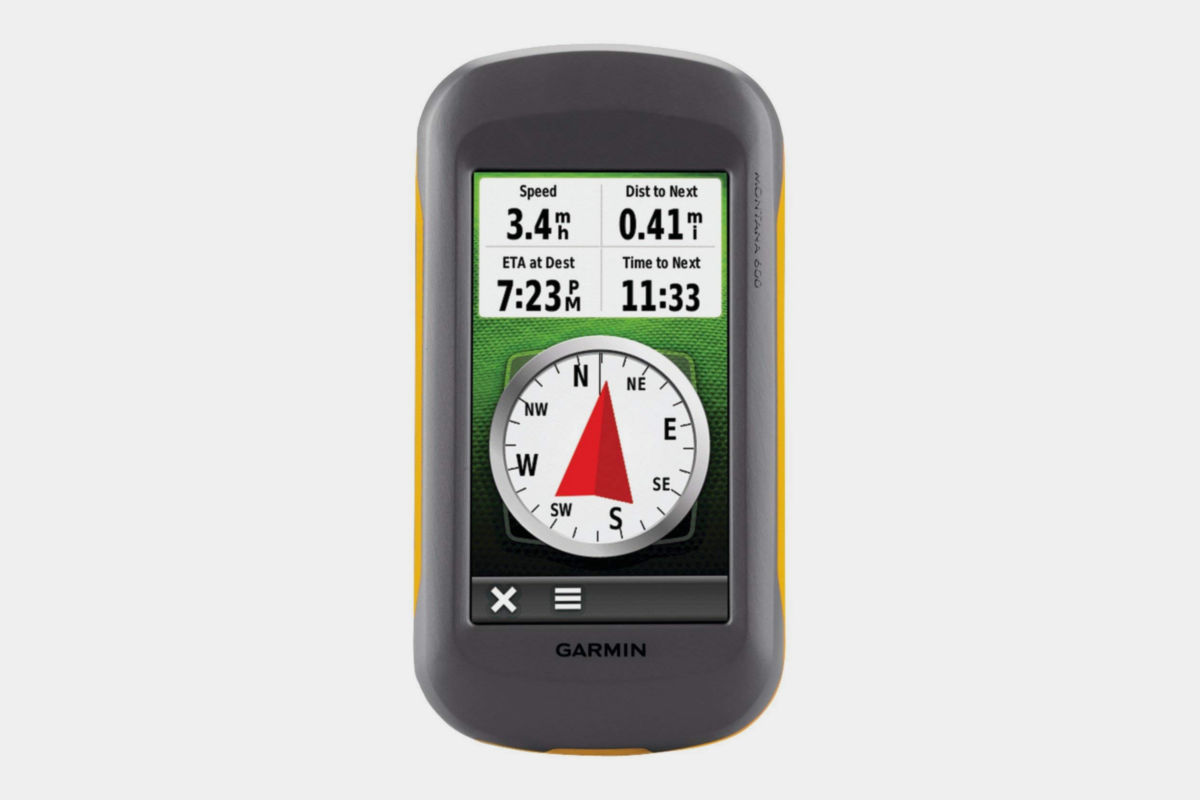 Garmin Montana 650T
Garmin Montana 650T
This sturdy and bulky box may be too big for most people’s hands, but can be mounted on the motorbike securely. Its high-grade weatherproofing makes it a reliable option when heading to the backcountry or exploring little-known towns. Because it was clearly designed with the outdoors in mind, the camera is sharp and comes with a vintage-looking compass function and a built-in camera.
The feature that makes the Montana a potential lifesaver, however, is its battery capacity. In addition to your standard rechargeable lithium battery, it can also be used with AA disposable batteries. This will provide an extra layer of safety for those who are hitting the road without much of a plan or schedule. Who knows when you’ll be able to recharge, right? The extra room needed for these batteries has made the Montana a bit thicker than the average navigator, but the overall device is still sturdy and will resist some shocks and scrapes.
Finally, this model is fully compatible with Garmin’s Basecamp app, a very useful tool to plan trips, store maps, or arrange meetup points.
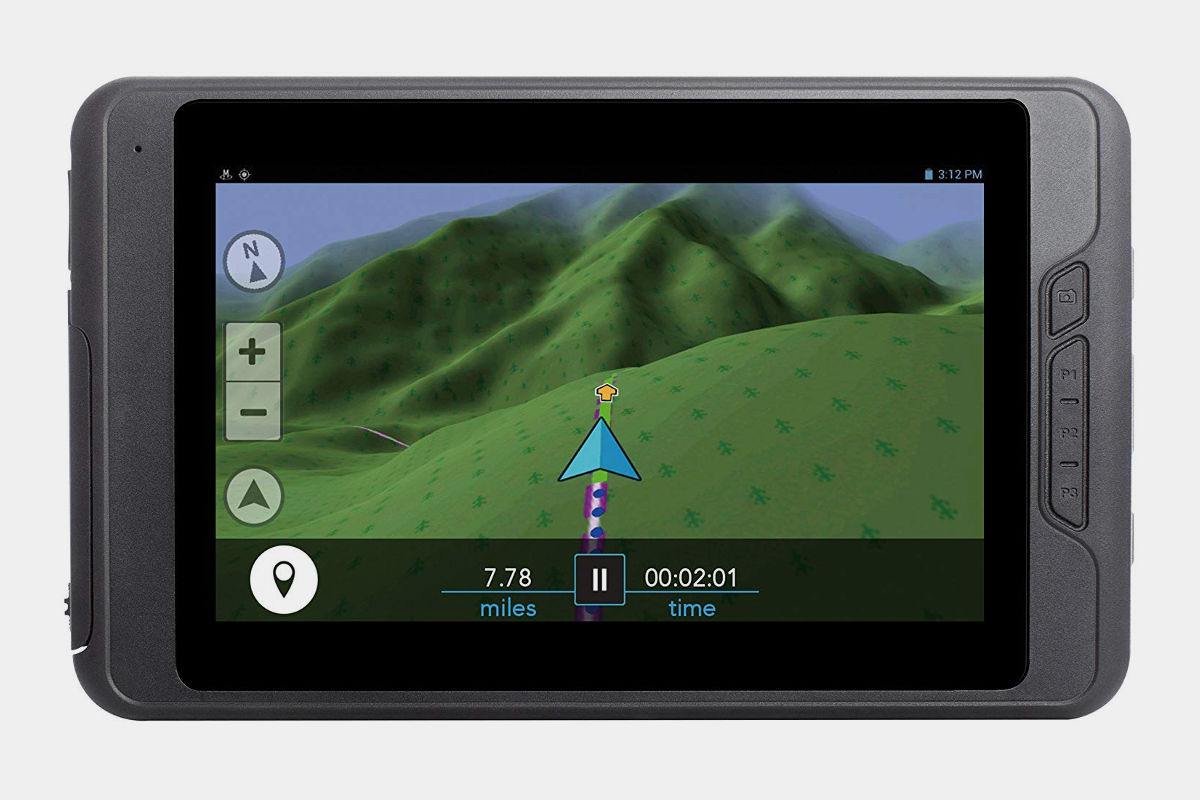 Magellan EXplorist TRX7
Magellan EXplorist TRX7
The EXplorist comes with an IPX7-grade case, one of the most resilient options available right now. The display screen is simple despite being 7’’ wide, which makes it larger than average but not distracting. The maps it shows are reminiscent of old video games – which helps the device maximize its visibility outdoors and make the most of its battery life.
The internal memory can store a great amount and variety of maps, ranging from streets and highways to public trails and rivers. The company also manages to reach out to the off-road community to continuously update its maps and provide alerts and rankings for each of the trails shown. Meanwhile, solo travelers can enjoy the extra safety provided by its trail recording, route sharing, and Backtrack option. If you get lost, the Magellan EXplorist wants to ensure you can find your way back home.
 Garmin Zumo 396 LMT-S
Garmin Zumo 396 LMT-S
The most salient characteristic of the Zumo 396 is its mount. Designed not only to be securely attached to the handlebars but to look like part of it, it includes a waterproof rugged casing that will protect it during light and moderate bumps. Nevertheless, the screen remains responsive enough for you to operate it with thick gloves on.
However, upon closer inspection, the Zumo also proves to be aiming to be the ultimate smartphone replacement solution for bikers, providing easy hands-free access to many features that you would otherwise miss by keeping your phone in your pocket. From answering calls via Bluetooth to an integrated Foursquare app – specially configured to point you to nearby restaurants and pit stops – the Zumo is a highway warrior all on its own.
Added security features include emergency incident notifications that will alert someone you choose should you run into trouble, as well as fatigue warnings, live traffic, and weather data. Its only downside is its relatively short battery life. All these synchronization options mean that you may find the need to dim your screen in less than three hours.
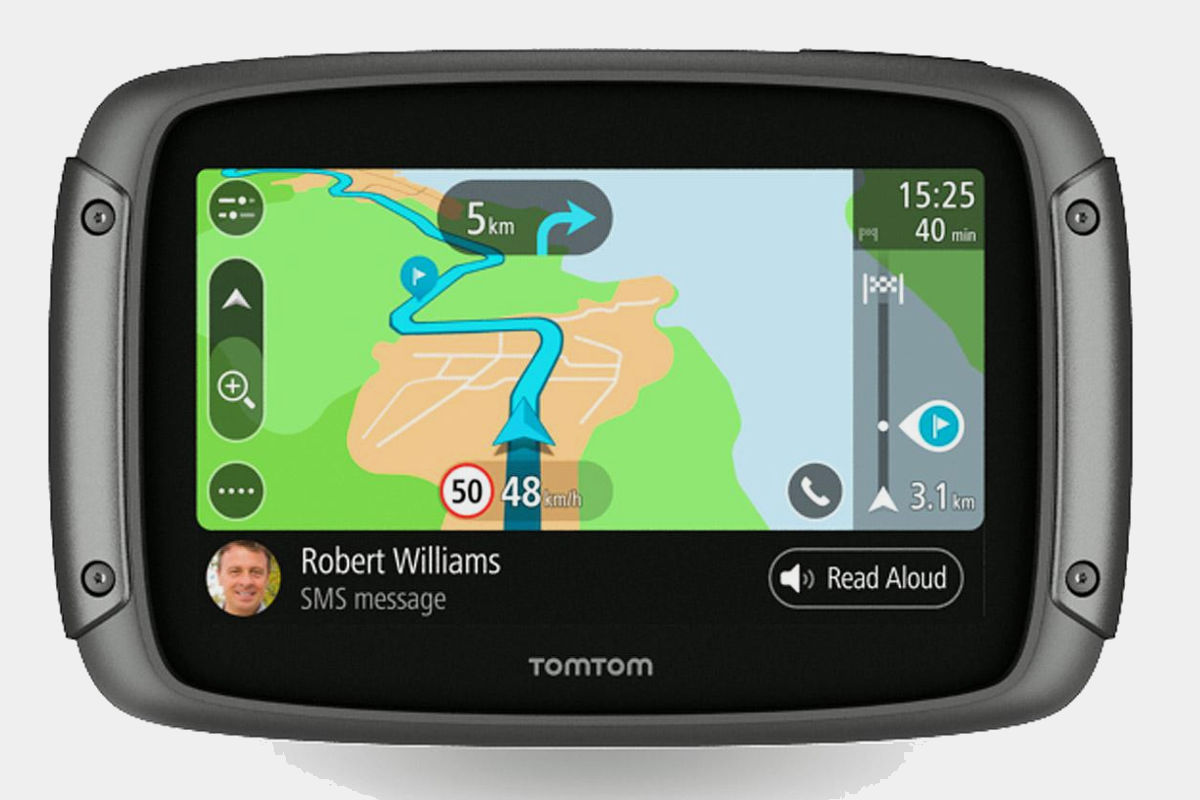 Tomtom GO RIDER 550
Tomtom GO RIDER 550
With its 6’’ screen, the GO provides reliable and easy-to-follow navigation for city landscapes, both for motorbikes and cars alike. However, once you combine it with is custom handlebar mount, it will immediately stop looking like a hip gadget and take a position as a reliable and durable navigation system. IPX7-grade weatherproofing will keep the device safe and solid in the rain, through puddles, and during the occasional drop.
Provided you stay within the coverage area, the Tomtom Go will keep full synchronization with Google Now and Siri, so you won’t have to wait until the next rest stop to call everyone back. Its speed detector is remarkably accurate, and feedback on its maps is fast enough to alert you to most roadblocks, speed traps, and even windy roads on your route.
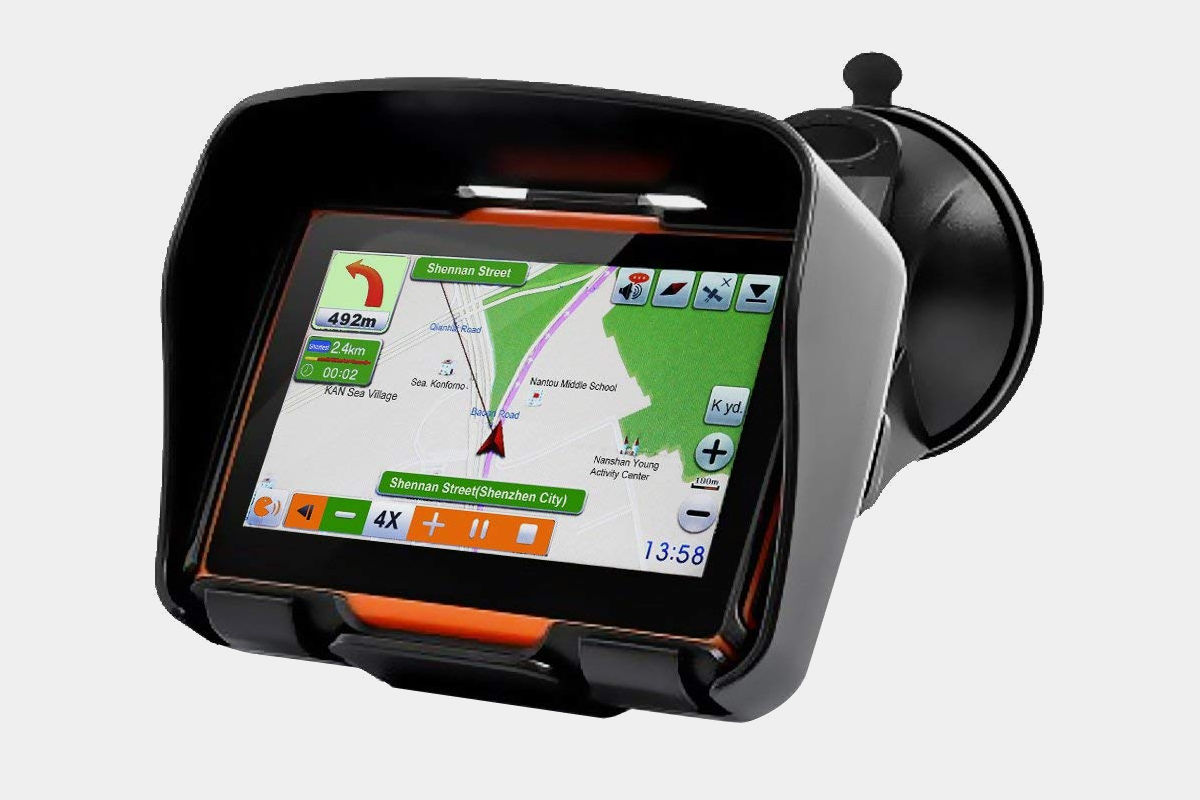 Koolertron All-Terrain
Koolertron All-Terrain
The screen is smaller than average, though, with a width of only 4.3 inches. However, this improves the battery life significantly without hindering readability. You will get several hours’ worth of use before having to dim it or deal with any “low battery” notifications.
Koolderton has also made sure to honor the “all-terrain” label on its navigator. Not only is it shock-resistant, but it can be immersed in water up to 3 feet deep for up to 30 minutes, so you know it’s safe to use in the rain.
In addition to full Bluetooth connectivity and decent storage (4GB internal memory, plus the possibility of adding 16 more with an SD card), the interface looks as if it was designed by someone who knows apps. It’s very newbie-friendly, easy to navigate, and most tweaks can be found intuitively without much stress.
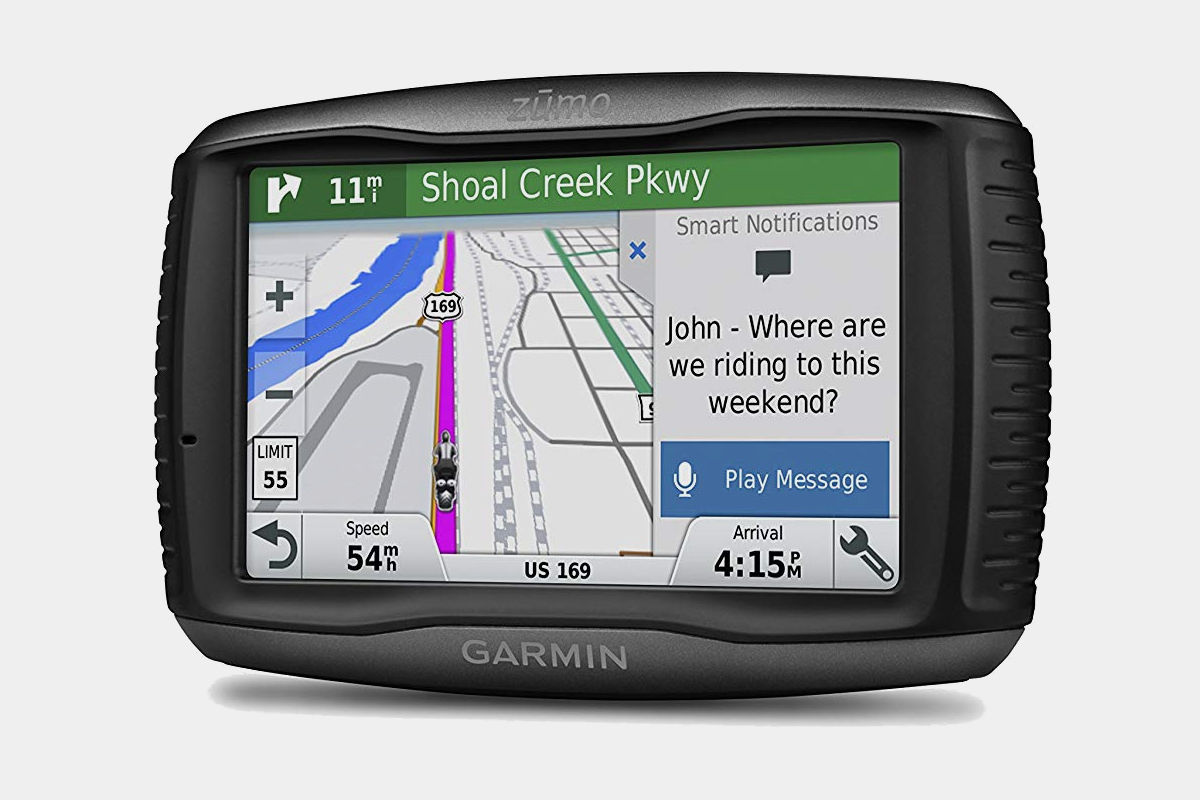 Garmin Zumo 595LM
Garmin Zumo 595LM
The Garmin Zumo is probably one of the best examples of what the brand can accomplish if they set to tick every box on their list. Albeit its installation can be a bit tougher than its competitors, the end result is worth it. It has all the necessary features that the average motorcycle traveler could need, plus a few extra quips that will double its capabilities when specifically looking for adventure.
Full Pandora and Spotify integration and top-notch Bluetooth connectivity make it a great partner for most Apple and Android smartphones. If you are ready to set off to uncharted lands, you will find the Adventurous Routing app to be the travel partner you didn’t know you needed. You can also set a wide range of customizable alerts and suggestions, all powered by Garmin’s own Lifetime Maps. They include everything from minor nuisances – school zones, road work, or tolls – to life-saving locations – like gas stations and Emergency Rooms.
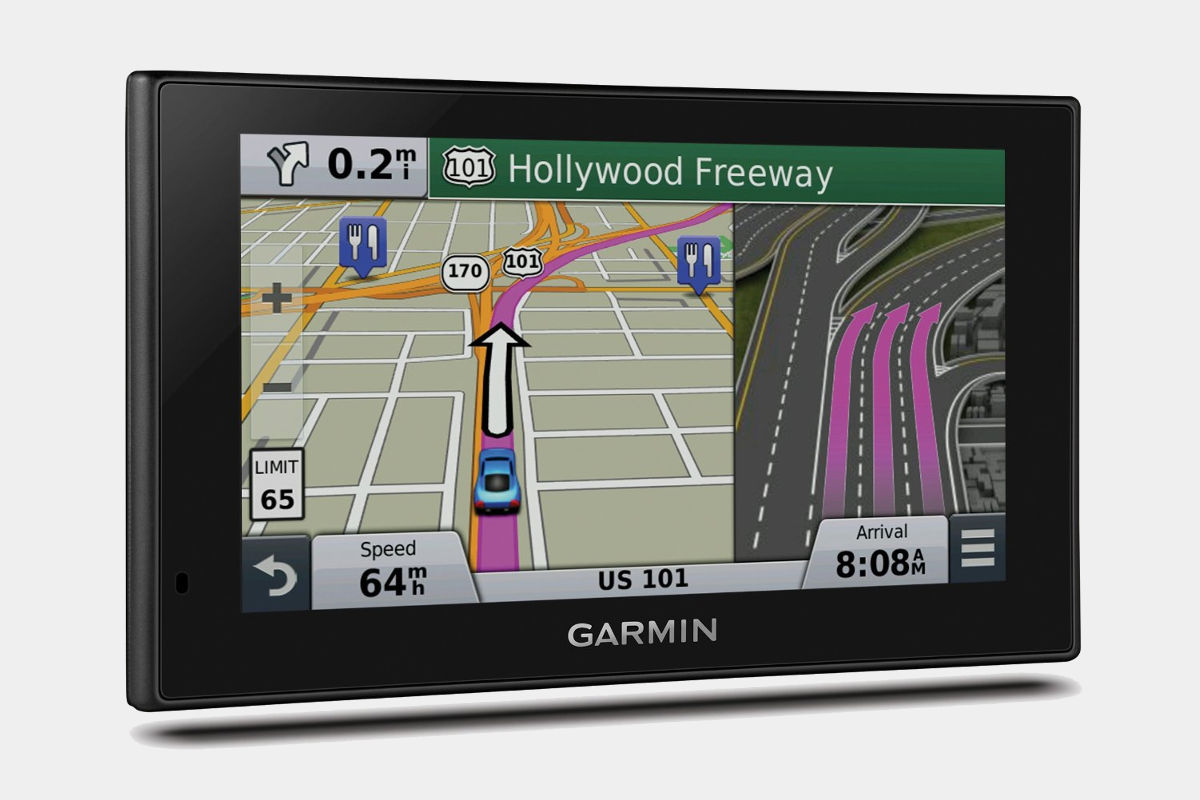 Garmin Nuvi 2689
Garmin Nuvi 2689
The Nuvi 2689 has a wide screen that measures just over 5 inches and possesses multi-touch responsiveness. It is bright and sharp enough to show route suggestions (which integrate seamlessly with Foursquare) without being obtrusive. The battery life is limited as it will only last about an hour if kept permanently connected via Bluetooth. For city trips, it should be enough, though, and it can always be recharged mid-journey from the bike’s battery.
There is just something irresistibly pleasant about the Nuvi’s interface. Sure, being on two wheels is already allowing you to squeeze through traffic, but once you add pleasant voice navigation (which will need a Bluetooth helmet), you may find you won’t need to do anything particularly daring to avoid traffic jams. Furthermore, the Lane Assist function will remove much of the guesswork, helping you pass quickly and safely.
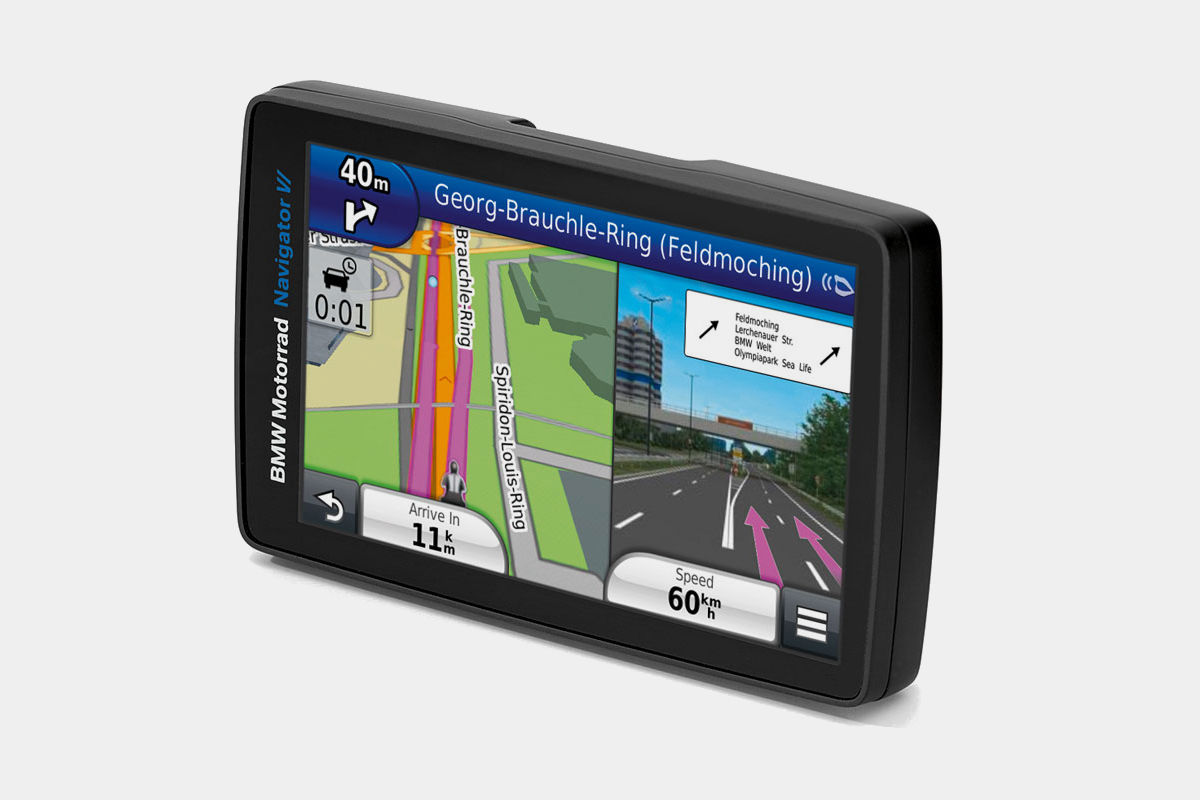 BMW Motorrad Navigator VI
BMW Motorrad Navigator VI
There are also several software improvements included in this version. The trip planner is now easier to use, and the compass and Backtrack functions have also been made significantly more stable.
When it comes to its physical aspects, the Motorrad Navigator VI loses a bit when it comes to battery life as it has been shortened by a bit. This is offset by its brighter and smoother screen though. And although they are both the same size, the Navigator VI performs significantly better under direct sunlight.
That being said, both navigators have the polished look that comes with being a part of the BMW brand – smooth edges and a minimalistic design that hides a surprising shock resistance and reliable weatherproofing. Plus, if you’ve already invested in a BMW motorbike, then you’ll be able to take advantage of its full gear stick integration.
If you are really devoted to equipping your bike with the best only, the Navigator VI will be worth the investment.
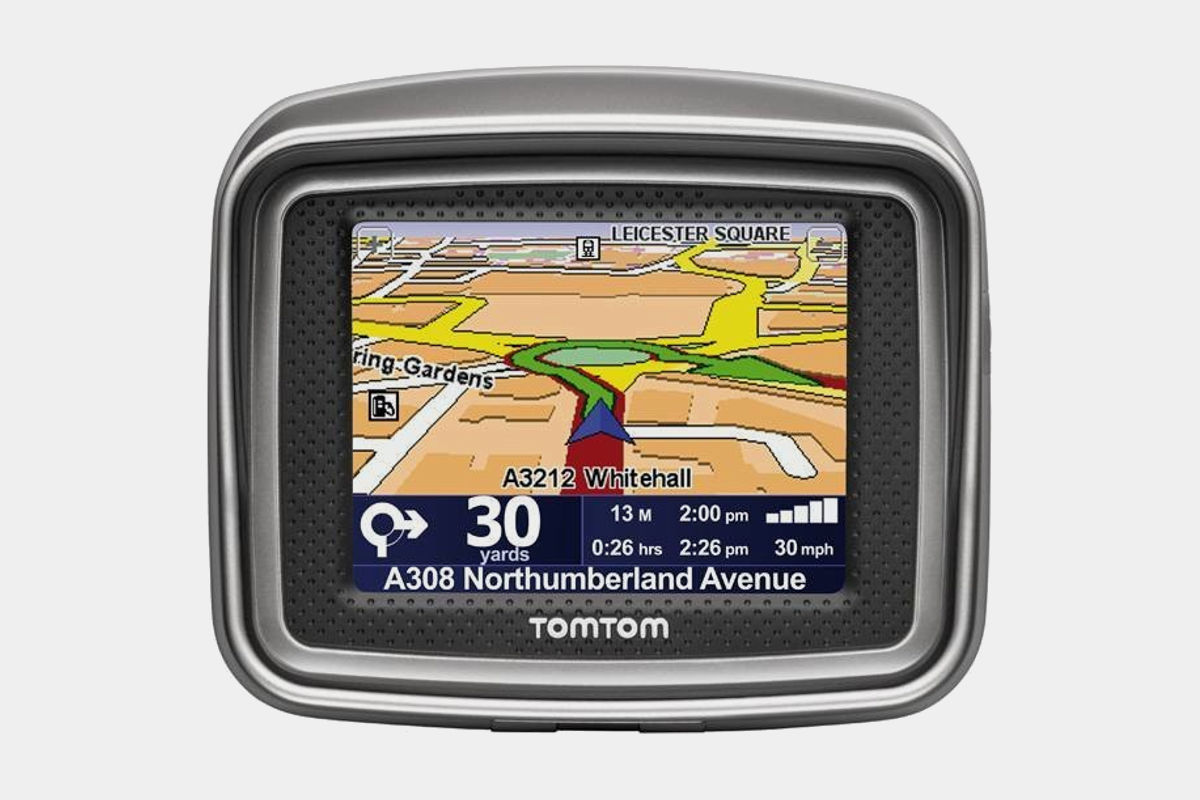 Tomtom Rider 2
Tomtom Rider 2
The screen may be the same size (3.5’’), but they have added 3D map functionality and a more efficient anti-glare coating. It is not as flashy as the GO 550 edition listed above, but it helps conserve battery. Just like the original Rider, the Rider 2 is meant to act as an everyday workhorse, not a flashy weekend gadget.
Under the same philosophy, they have also improved the casing’s water-resistance standard to a full IPX7 (rather than the IPX6 of the original, which would occasionally falter under torrential rain). It should be noted that they have not sacrificed the responsiveness of their touchscreen to achieve this, which should earn them an extra layer on their crown.
Finally, in a market overcrowded with car-designed GPS systems that can be adapted for motorbike use, the Rider 2 is cheeky enough to offer a car mount at an additional price. Its movement sensors will detect where it is being used and adjust its suggestions accordingly with no user input needed.
